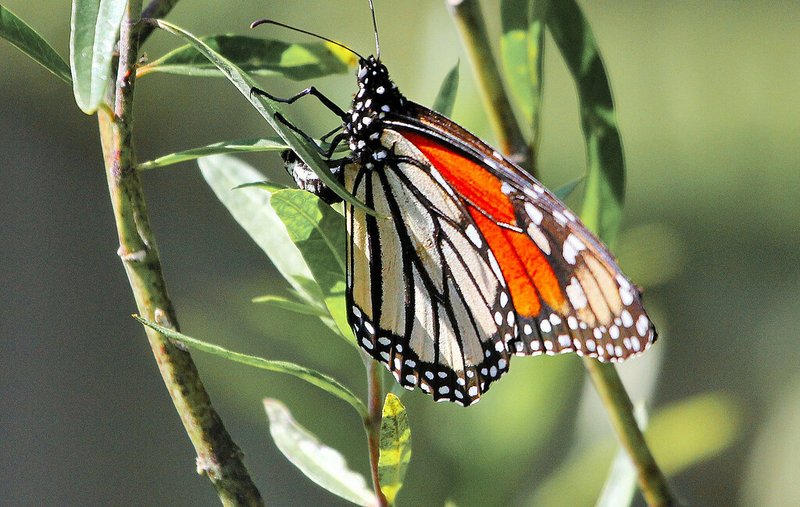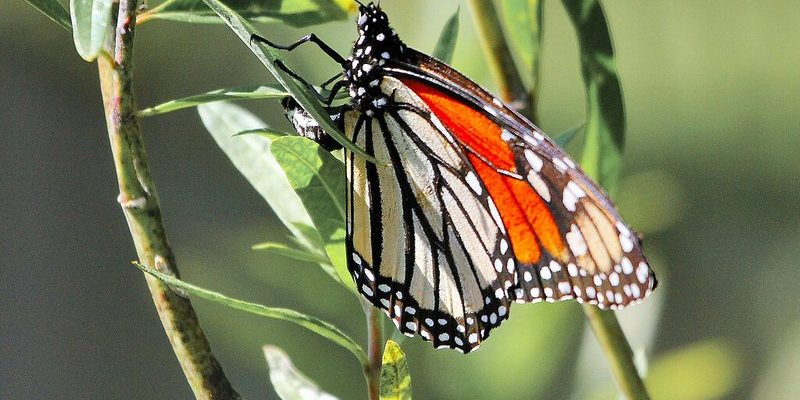
Think of butterflies as the gentle dancers of the animal kingdom. They flit from flower to flower, sipping nectar and spreading joy. But like dancers, they have to remain vigilant, constantly aware of potential threats that lurk nearby. In this article, we’ll dive into the world of butterflies, exploring the predators and environmental dangers they face. Understanding these challenges is key to appreciating these creatures and supporting their survival.
Understanding Butterfly Predators
Butterflies, despite their fragility, have a range of natural predators. Imagine them as part of a complex food web where every participant plays a critical role. Birds are often the first predators that come to mind. Many bird species enjoy a light meal of butterflies, swooping down swiftly to catch them mid-flight.
There are other animal predators too. Frogs, lizards, and small mammals like mice also see butterflies as a tasty snack. Some insects, like praying mantises and spiders, can be just as dangerous. They often wait quietly, lying in wait for unsuspecting butterflies to land nearby. The odds are stacked against butterflies, and they must be on constant alert to avoid becoming someone else’s dinner.
The Role of Camouflage
So, how do butterflies protect themselves from all these hungry predators? One of their most fascinating strategies is camouflage. This natural tactic helps them blend in with their surroundings, making it difficult for predators to find them.
For instance, some butterflies have wings that mimic the colors and textures of tree bark or leaves. Can you picture a butterfly resting on a tree, perfectly matching its background? This clever disguise can be a lifesaver! In addition to blending in, some butterflies have eye spots on their wings that resemble larger eyes. This might startle predators into thinking they are more significant or dangerous than they are.
The Impact of Environmental Threats
While predators pose a significant threat to butterflies, don’t forget about environmental dangers. Butterflies face challenges from habitat loss, climate change, and pollution. These issues create a tough environment for them to thrive.
When forests are cut down or wetlands drained, butterflies lose their homes and food sources. Imagine trying to live in a neighborhood that’s disappearing! Furthermore, climate change alters the timing of flowering plants, which can confuse butterflies that rely on nectar from these flowers for survival. If they arrive too early or too late, they might not find enough food to survive.
Pesticides and Herbicides: A Butterfly’s Nemesis
One of the most significant threats to butterflies today comes from pesticides and herbicides. Farmers often use these chemicals to protect crops, but they can have a devastating impact on butterfly populations. When butterflies come into contact with these substances, they can become sick or even die.
Additionally, these chemicals can wipe out the plants that caterpillars feed on, drastically reducing the number of butterflies that can emerge from their cocoons. Imagine planting a beautiful garden, but instead of butterflies, all you see are empty spaces. It’s crucial to consider organic gardening practices that avoid harmful chemicals to protect our fluttering friends.
The Fight Against Invasive Species
Invasive species, like certain plants and animals brought into new environments, can also be a serious threat to butterflies. These invaders often outcompete native species for resources. For example, if a new plant species spreads quickly, it can crowd out the flowers that native butterflies depend on for food.
Similarly, predators native to other regions might not have natural checks on their population in a new area, leading to increased pressure on local butterfly species. It’s a classic case of “survival of the fittest,” and unfortunately, butterflies can struggle to keep up.
Conservation Efforts for Butterflies
The good news is that there are many people working hard to protect butterflies and their habitats. Conservation efforts include creating protected areas, planting native flowers, and using fewer pesticides.
Many organizations also focus on public education, helping people understand the importance of butterflies in our ecosystems. You might consider getting involved by planting a butterfly garden or supporting local conservation groups. Every little bit helps! Remember, a small action can lead to big changes.
The Importance of Citizen Science
Citizen science is another fantastic way to contribute to butterfly conservation. You might wonder what this means. Well, it often involves ordinary people collecting data or observations that scientists can use to study butterfly populations and behaviors.
Apps and programs encourage you to log sightings of different butterfly species, helping create a snapshot of their distribution and health. Each report you make can add valuable information to a larger picture, like putting together pieces of a jigsaw puzzle.
Butterflies are more than just beautiful creatures; they play a vital role in our ecosystems. Understanding the predators and threats they face helps us appreciate their struggles and the importance of protecting them. From birds and insects to environmental challenges and human impact, butterflies have a lot to contend with in their delicate lives.
By supporting conservation efforts, planting butterfly-friendly gardens, and participating in citizen science, we can make a difference. Let’s work together to ensure that these enchanting dancers of the natural world continue to flutter gracefully through our gardens for generations to come.

